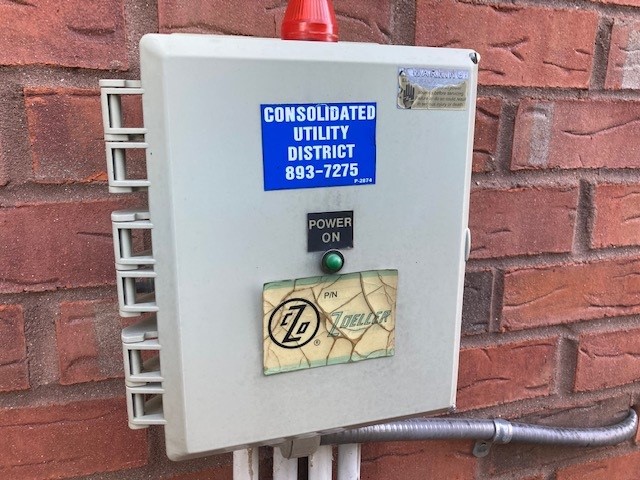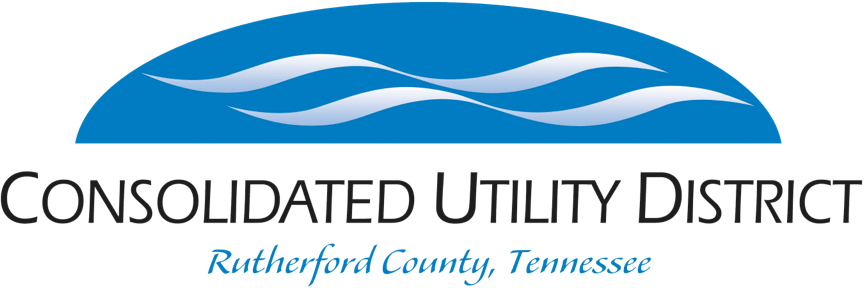STEP Systems: Your Guide

If your home is serviced by a STEP System, you likely have an alarm similar to the one shown above on the outside of your house. Because Rutherford County rests largely on limestone – a rock that doesn’t easily accept water – establishment of STEP Systems paves the way for commercial and residential development. A STEP System (Septic Tank Effluent Pump) serves as a method of wastewater collection and absorption for a neighborhood or subdivision.
If you’re new to STEP Systems, our website provides an FAQ, maintenance tips for homeowners, and information about CUD’s effort to upgrade STEP infrastructure throughout the county. We have also developed a Rules and Regulations booklet that carries a section about STEP Systems.
Many businesses and subdivisions would not exist without STEP Systems managing their water infrastructure needs. The soil that makes up a STEP field has been untouched for many years, and it is critical to your home and your neighbors’ homes that your STEP field be kept clear and undisturbed.
The STEP system on your property – the STEP risers and pipes – is actually owned by CUD. An easement is in place that allows CUD access to perform maintenance and repairs of the STEP system.
What should I do if my STEP System alarm sounds?
Call Consolidated Utility District (CUD) at 615-893-7225. The alarm can be silenced by pushing the light located directly above the “PUSH TO SILENCE” label on the front of the control panel or the silence toggle switch on the left side of the control panel. The tank has a reserve storage capacity to last for another 24 to 48 hours.
If your STEP system needs service after normal business hours, CUD has on-call technicians who will visit your STEP field and access the control room to diagnose and address the issue. If any problem with the STEP system occurs, CUD should be called first.
How does a STEP System work?
• Starting at your home, the STEP System uses gravity to push wastewater to the septic tank through your residence’s plumbing line. Wastewater flows through a septic tank and is then pumped to the recirculating sand filter (RSF) at the STEP field. STEP System pumps turn on every 1-2 days with normal water use.
• An RSF provides multiple benefits for homeowners. First, the filter uses naturally occurring materials (rocks, sand, and dirt) and plastic pipes that are smaller and less expensive than conventional sewer pipes, which saves money for the property owner. These smaller pipes reduce seepage of wastewater and can be routed around trees and houses, preventing disruption to the environment.
• Wastewater passes through the RSF five times before ultraviolet (UV) light treatment for final disinfection. Consolidated Utility District added UV light as an additional protection for its customers.
• After UV treatment, the wastewater moves to the STEP field for final disposal. Each STEP field is tested by state-licensed soil scientists to ensure the soil can absorb the water.
If you suspect that your tank may need maintenance, please give CUD a call at (615) 893-7225. We will dispatch a STEP System technician to inspect your tank if you have concerns.
